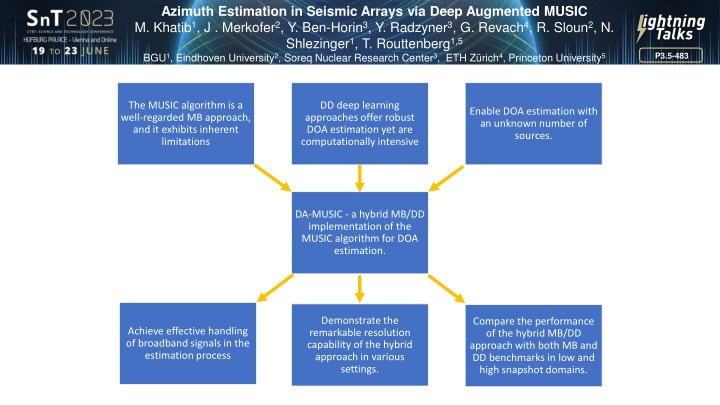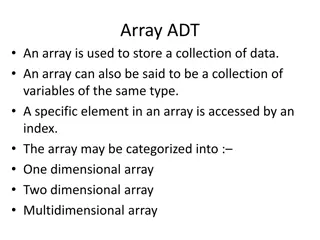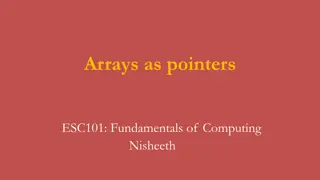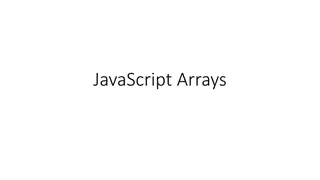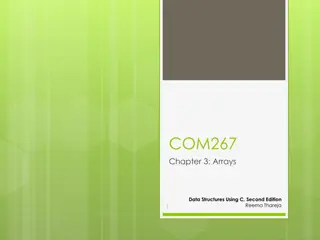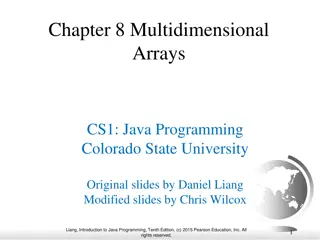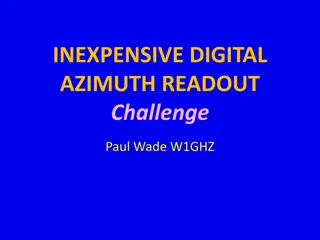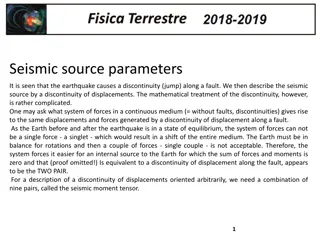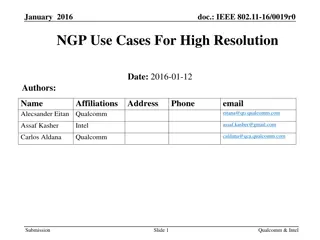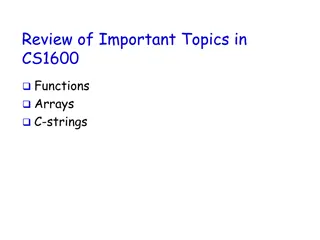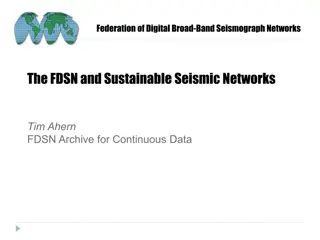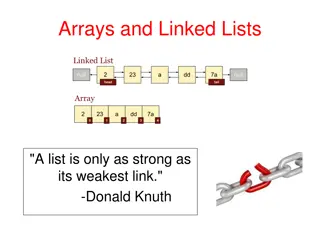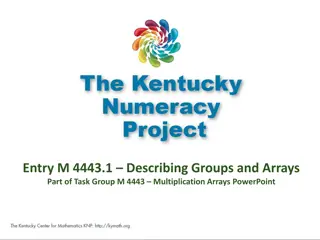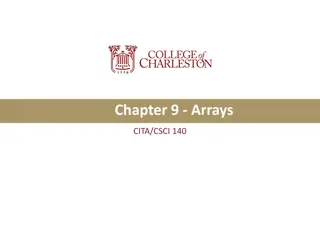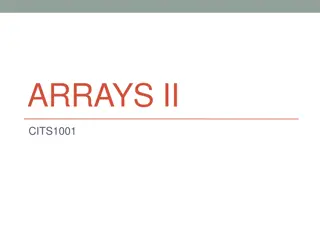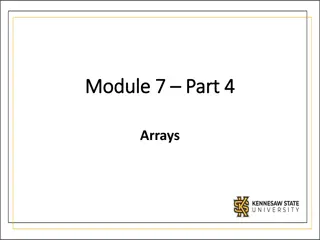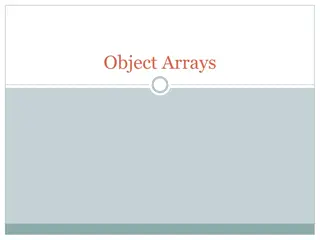Azimuth Estimation in Seismic Arrays via Deep Augmented MUSIC
This study introduces DA-MUSIC, a hybrid approach combining traditional MUSIC algorithm with deep learning for robust Direction of Arrival (DOA) estimation in seismic arrays. The methodology improves resolution and handles broadband signals effectively. Utilizing non-synthetic seismic data collected from a specialized array, DA-MUSIC demonstrates superior performance compared to conventional methods, especially in identifying the number of sources and enhancing resolution. The research findings highlight the potential of deep learning in seismic array applications for azimuth estimation.
Download Presentation

Please find below an Image/Link to download the presentation.
The content on the website is provided AS IS for your information and personal use only. It may not be sold, licensed, or shared on other websites without obtaining consent from the author.If you encounter any issues during the download, it is possible that the publisher has removed the file from their server.
You are allowed to download the files provided on this website for personal or commercial use, subject to the condition that they are used lawfully. All files are the property of their respective owners.
The content on the website is provided AS IS for your information and personal use only. It may not be sold, licensed, or shared on other websites without obtaining consent from the author.
E N D
Presentation Transcript
Azimuth Estimation in Seismic Arrays via Deep Augmented MUSIC M. Khatib1, J . Merkofer2, Y. Ben-Horin3, Y. Radzyner3, G. Revach4, R. Sloun2, N. Shlezinger1, T. Routtenberg1,5 BGU1, Eindhoven University2, Soreq Nuclear Research Center3, ETH Z rich4, Princeton University5 P3.5-483 The MUSIC algorithm is a well-regarded MB approach, and it exhibits inherent limitations DD deep learning approaches offer robust DOA estimation yet are computationally intensive Enable DOA estimation with an unknown number of sources. DA-MUSIC - a hybrid MB/DD implementation of the MUSIC algorithm for DOA estimation. Demonstrate the remarkable resolution capability of the hybrid approach in various settings. Compare the performance of the hybrid MB/DD approach with both MB and DD benchmarks in low and high snapshot domains. Achieve effective handling of broadband signals in the estimation process
Azimuth Estimation in Seismic Arrays via Deep Augmented MUSIC M. Khatib1, J . Merkofer2, Y. Ben-Horin3, Y. Radzyner3, G. Revach4, R. Sloun2, N. Shlezinger1, T. Routtenberg1,5 BGU1, Eindhoven University2, Soreq Nuclear Research Center3, ETH Z rich4, Princeton University5 P3.5-483 Covariance Recovery: Learning a surrogate covariance matrix to overcome limitations. Number of sources estimation: Improving the number of sources estimation and categorization of noise eigenvectors. Peak finding: Increase resolution and allow differentiation of entire structure.
Azimuth Estimation in Seismic Arrays via Deep Augmented MUSIC M. Khatib1, J . Merkofer2, Y. Ben-Horin3, Y. Radzyner3, G. Revach4, R. Sloun2, N. Shlezinger1, T. Routtenberg1,5 BGU1, Eindhoven University2, Soreq Nuclear Research Center3, ETH Z rich4, Princeton University5 P3.5-483 Training: Gradient based optimization Supervised learning ?? ? ,?? ? = Judging a decision 1 2 2 1 ? RMSPE(?, ?)= min ? ? ???? ? ? ?? 2 ? Permutation matrix Advantages Preserve flow of MUSIC Enable end-to- end training Overcome coherent sources Improved resolutions Increased robustness Operate within low snapshots Overcome broadband
Azimuth Estimation in Seismic Arrays via Deep Augmented MUSIC M. Khatib1, J . Merkofer2, Y. Ben-Horin3, Y. Radzyner3, G. Revach4, R. Sloun2, N. Shlezinger1, T. Routtenberg1,5 BGU1, Eindhoven University2, Soreq Nuclear Research Center3, ETH Z rich4, Princeton University5 P3.5-483 Non-Synthetic Data Seismic data was collected using the GERES array, which comprises 25 vertical seismometers spaced about 124 ? apart, with a total aperture of around 2.13 ?? . The seismic signal at each sensor is sampled at 40 ?? . We use data from October to December of 2021, in which GERES detected arrivals for 2904 events: 2816 for analysis, 2534 for training and 282 for testing. We employ sliding windows of length 100 seconds with a shift of 25 seconds around the signal arrival time. DA- MUSIC 0.6269 Broadband MUSIC Classic MUSIC Beam- former Random RMSPE [???] 1.0075 1.2475 0.9383 1.7097 DA-Music outperforms MB estimators by jointly focusing on frequency and interdependent elevation angle for a stable azimuth estimation. Despite relatively large error, it s important to consider the average error reported by the IDC Review Event Bulletin is 0.4243 [???]
